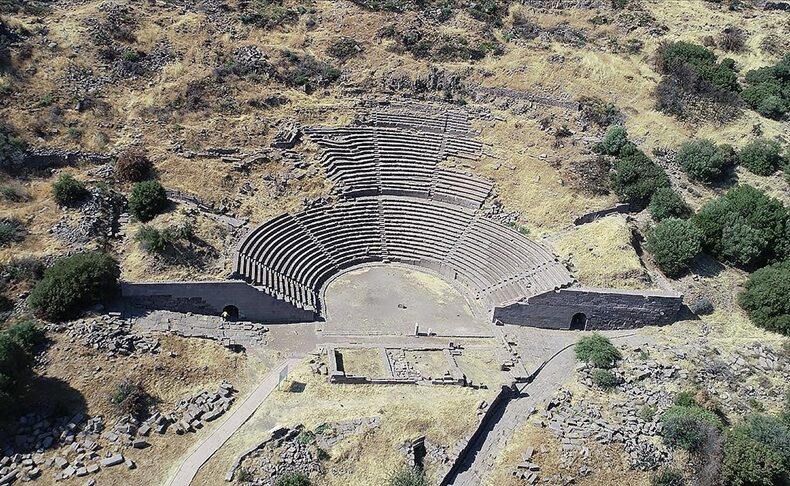
Echoes of the Aegean: 2,200-Year-Old Theater in Ancient Assos Set for Restoration
Poised dramatically on a volcanic hillside overlooking the sapphire waters of the Aegean and the distant peaks of Lesbos, the 2,200-year-old Hellenistic theater of Assos is about to return to the spotlight. One of Anatolia’s best-preserved ancient theaters is now entering a major restoration phase that aims to reawaken its role as a cultural gathering space—centuries after its final curtain call.
From Hellenistic Precision to Roman Adaptations
Originally constructed in the late 4th century BCE, the Assos theater evolved through time with additions made during the Roman Imperial era. While gladiator fights and animal spectacles prompted the installation of protective parapets in the front rows, seating areas were reserved for various social guilds—from stonemasons to tanners—and even the adherents of the Egyptian deity Serapis.
The structure’s two-story stage building (proskene), partial marble columns, and combination of andesite and marble materials reflect an architectural sophistication that balanced function with visual impact. At its peak, the venue could host around 5,000 spectators.
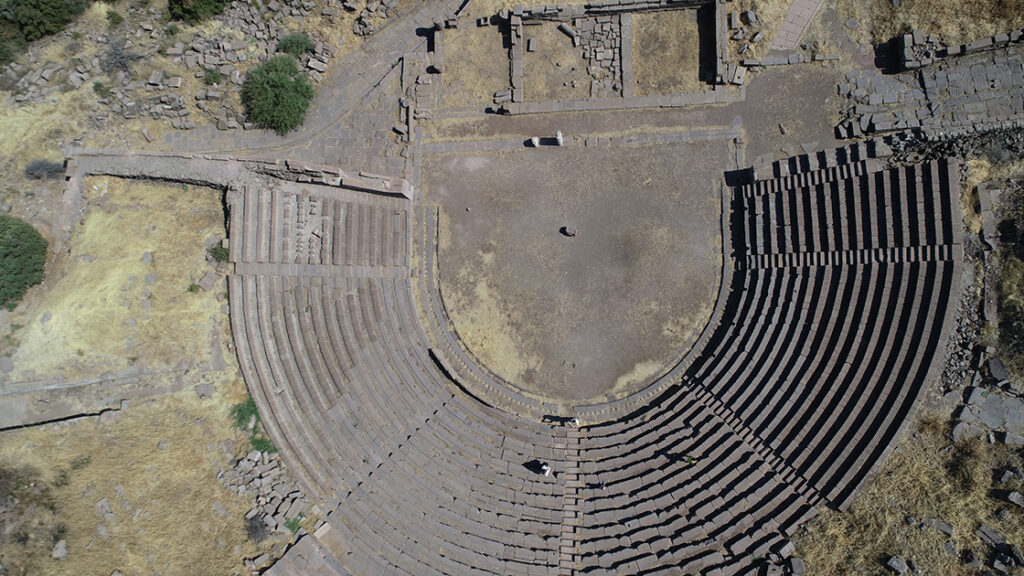
A Theater Framed by Sea and Sky
According to excavation director Prof. Dr. Nurettin Arslan of Çanakkale Onsekiz Mart University, the theater’s unique geographic positioning offers a visual experience unlike any other. “What unfolds here is not just a view, but a theatrical panorama—blue sea in the foreground, Lesbos mountains in the distance,” Arslan noted.
📣 Our WhatsApp channel is now LIVE! Stay up-to-date with the latest news and updates, just click here to follow us on WhatsApp and never miss a thing!!
Supported by the Turkish Ministry of Culture and Tourism and sponsored by İÇDAŞ, the Assos excavation team has reached the final phase of the theater’s restoration plan. Once approvals are finalized, restoration work is expected to begin this year. The goal is to bring the venue back into use as a stage for modern concerts and performances, seamlessly blending antiquity with contemporary life.
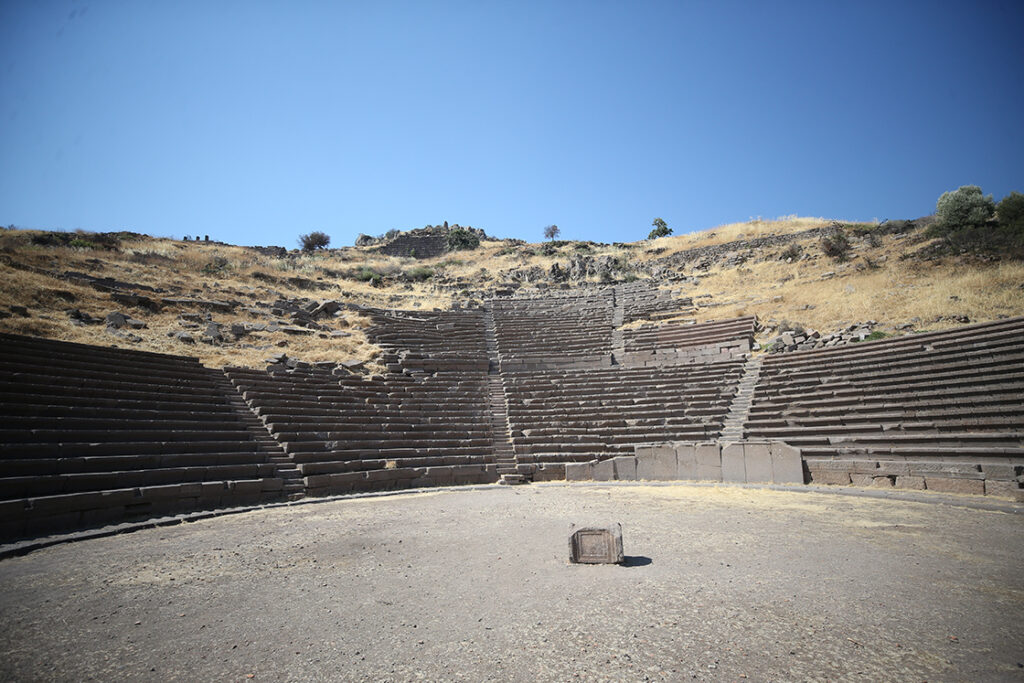
A Living Heritage under the “Legacy for the Future” Initiative
The theater restoration is part of Türkiye’s broader “Legacy for the Future” initiative, a nationwide effort to restore, sustain, and activate archaeological heritage sites. For Assos, this means evolving from a silent ruin to a living cultural destination.
“Assos is unique among ancient cities in the region for preserving a single, coherent theater structure,” Arslan emphasized. “With its restoration, the site will no longer be just a relic—but a place of connection, performance, and continuity.”
Cover Photo: Aerial view of the 2,200-year-old Hellenistic theater of Assos. Overlooking the Aegean Sea, the ancient structure showcases a seamless harmony between architecture and landscape. Burak Akay/AA
You may also like
- A 1700-year-old statue of Pan unearthed during the excavations at Polyeuktos in İstanbul
- The granary was found in the ancient city of Sebaste, founded by the first Roman emperor Augustus
- Donalar Kale Kapı Rock Tomb or Donalar Rock Tomb
- Theater emerges as works continue in ancient city of Perinthos
- Urartian King Argishti’s bronze shield revealed the name of an unknown country
- The religious center of Lycia, the ancient city of Letoon
- Who were the Luwians?
- A new study brings a fresh perspective on the Anatolian origin of the Indo-European languages
- Perhaps the oldest thermal treatment center in the world, which has been in continuous use for 2000 years -Basilica Therma Roman Bath or King’s Daughter-
- The largest synagogue of the ancient world, located in the ancient city of Sardis, is being restored


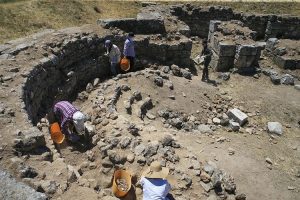
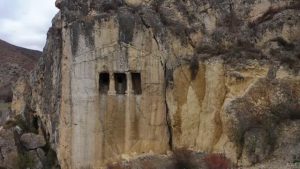
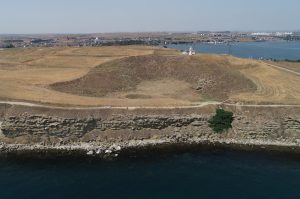

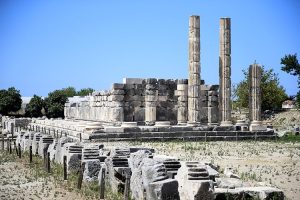


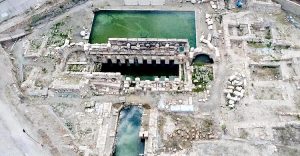
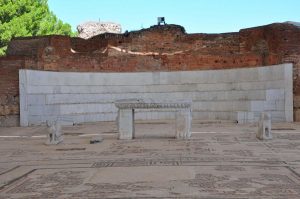
Leave a Reply